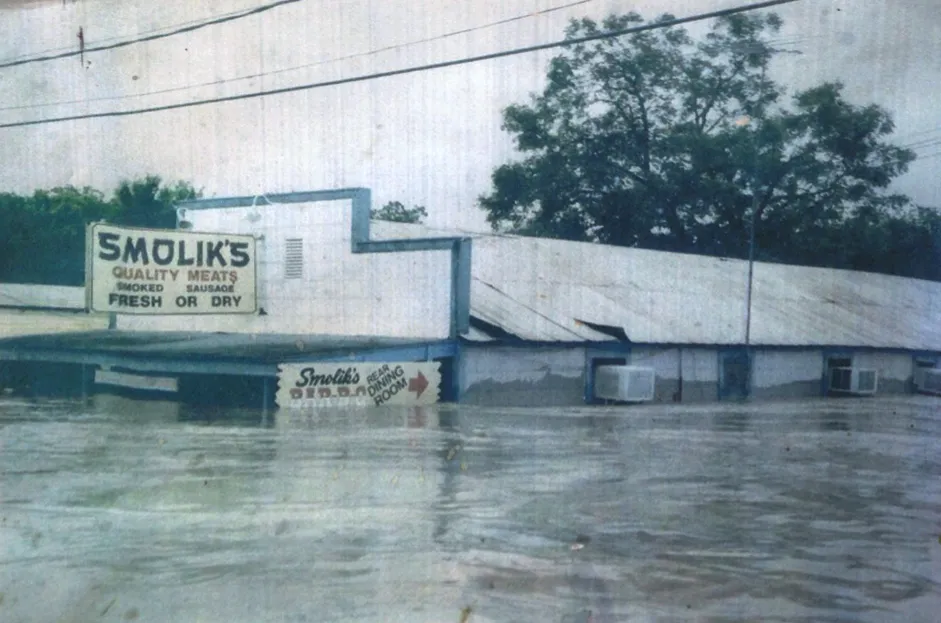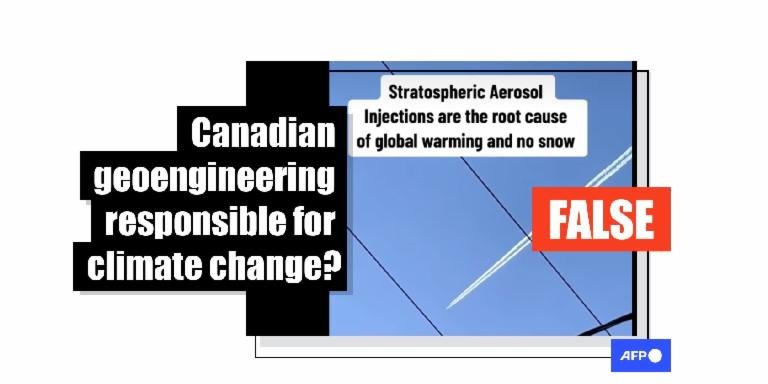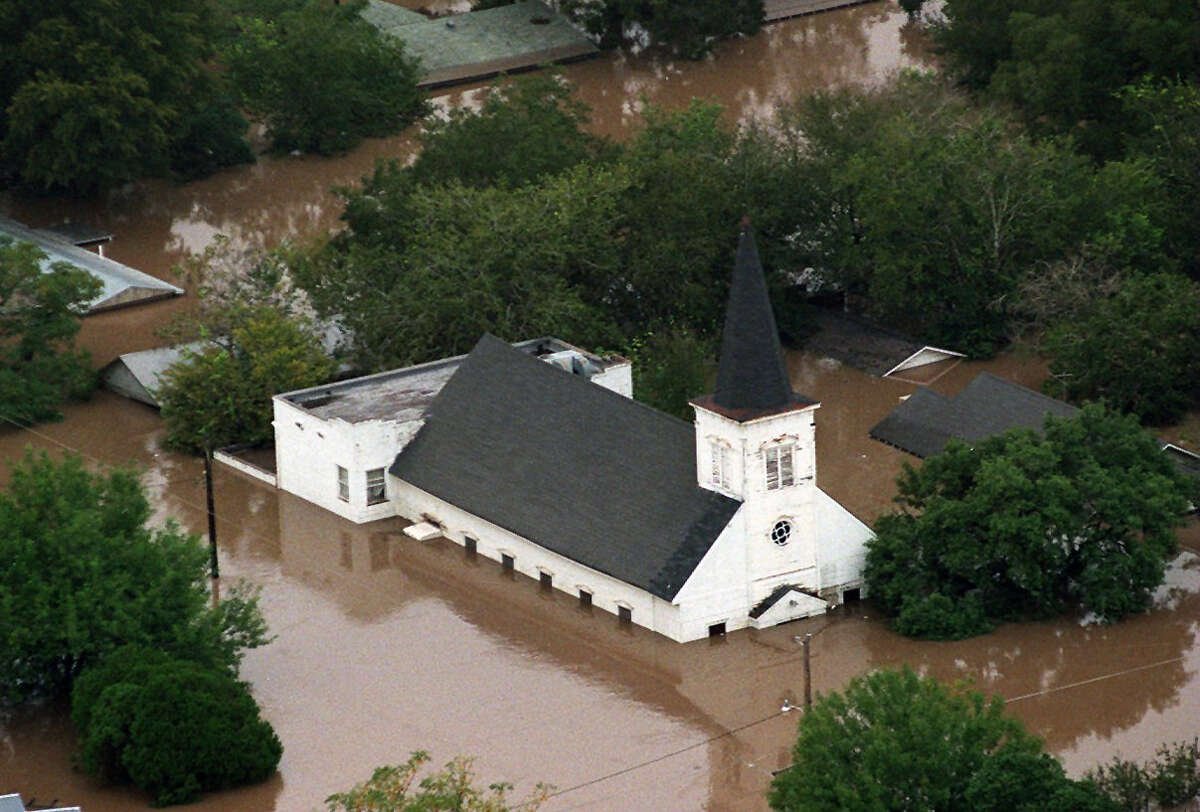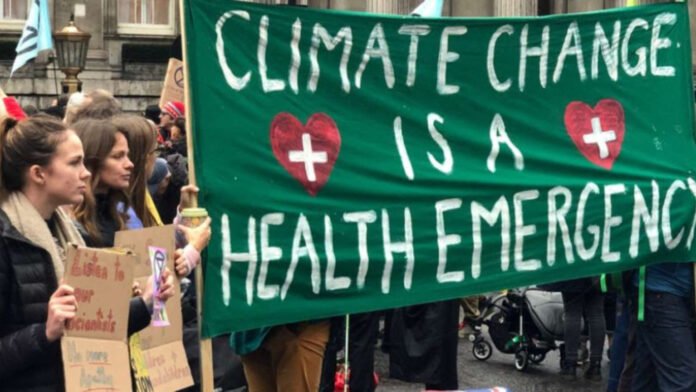By Pat Trevino, Cuero Online News
CUERO, TX – July 5, 2025
As Central Texas reels from catastrophic flooding that has claimed at least 30 lives and left dozens missing—many of them children from Camp Mystic along the Guadalupe River—questions about climate preparedness and policy are once again front and center.
The floods, which began in the early hours of July 4, were triggered by torrential rainfall that caused the Guadalupe River to rise more than 26 feet in under an hour. Meteorologists have linked the intensity of the storm to a rare convergence of tropical moisture and stalled weather systems—conditions that climate models have long warned would become more frequent in a warming world.
What Climate Models Predicted
Both the IPCC (Intergovernmental Panel on Climate Change) and NOAA (National Oceanic and Atmospheric Administration) have projected an increase in extreme weather events—particularly flash floods and intense rainfall—in regions like Texas. Their models, based on decades of atmospheric data and emissions scenarios, show that warmer air holds more moisture, leading to heavier downpours and overwhelmed drainage systems.
These projections are not abstract: Texas has seen five “500-year” floods in the past decade alone. The July 2025 event may now rank among the worst in state history.


Enter Marjorie Taylor Greene’s Climate Proposal
In the midst of this disaster, Rep. Marjorie Taylor Greene (R-GA) introduced a bill that would make weather modification and geoengineering a federal felony. The legislation seeks to ban the injection or dispersion of chemicals into the atmosphere for the purpose of altering weather, temperature, or sunlight intensity.
Greene’s bill echoes language from Florida’s Senate Bill 56 and is rooted in concerns about so-called “chemtrails” and geoengineering experiments. She argues that such practices are dangerous and unnatural, stating, “I want clean air, clean skies, clean rainwater, clean ground water, and sunshine just like God created it!!”
Legitimate Concern or Misdirection?
While Greene’s proposal taps into public anxiety about environmental manipulation, mainstream science does not support the idea that weather modification is currently being used at scale. Techniques like cloud seeding exist but are limited in scope and heavily regulated. Geoengineering proposals—such as solar radiation management—remain largely theoretical and are not in active deployment.

Critics argue that Greene’s bill distracts from the real and urgent need to address climate change through emissions reduction, infrastructure resilience, and disaster preparedness. “We’re watching the climate crisis unfold in real time,” said one NOAA scientist, “and the focus should be on mitigation and adaptation—not conspiracy-driven legislation.”
Where Texas Goes From Here
As families mourn and communities rebuild, the question remains: will this tragedy prompt meaningful climate action, or will it be buried under political theatrics?
Governor Greg Abbott has declared a disaster in 15 counties, and federal aid is on the way. But long-term solutions—like improved floodplain mapping, early warning systems, and sustainable land use—require political will and public trust in science.
As the Guadalupe River continues to surge across parts of Central Texas, the debate over how to prevent the next disaster is just beginning.
Link to monitor flood levels in Cuero: Guadalupe River near Cuero


